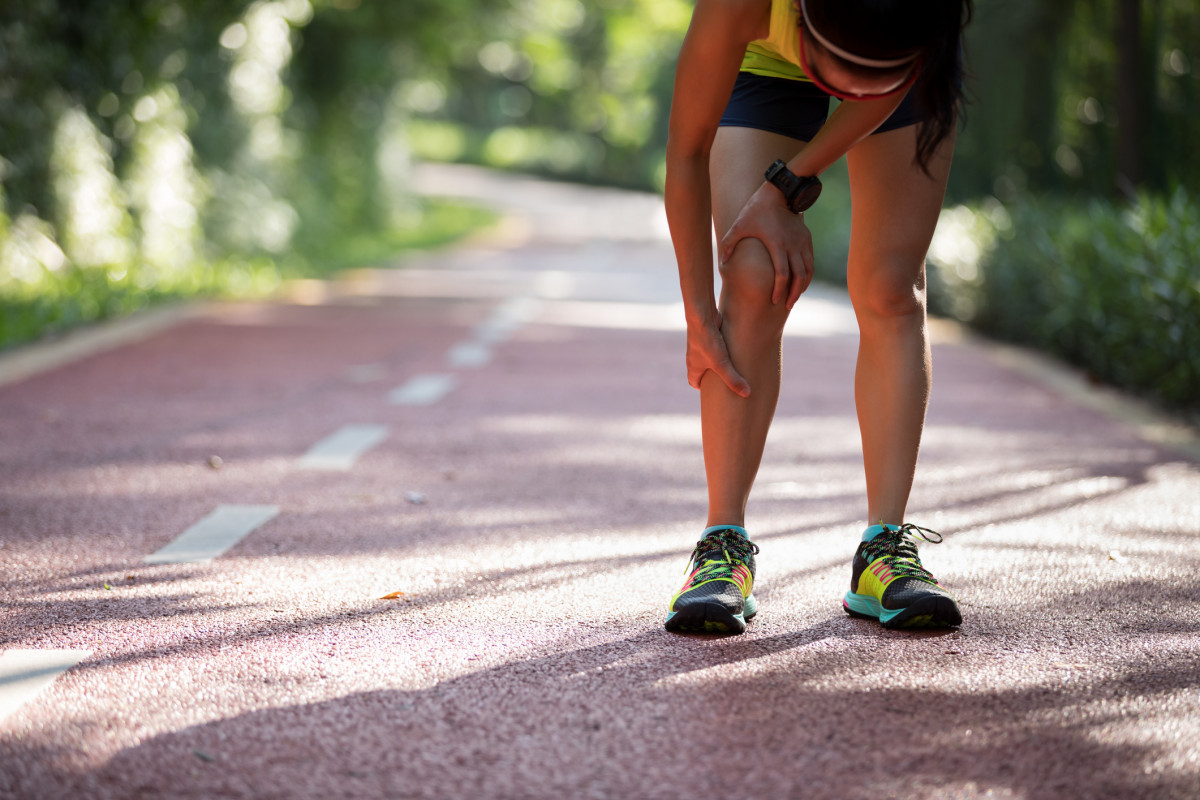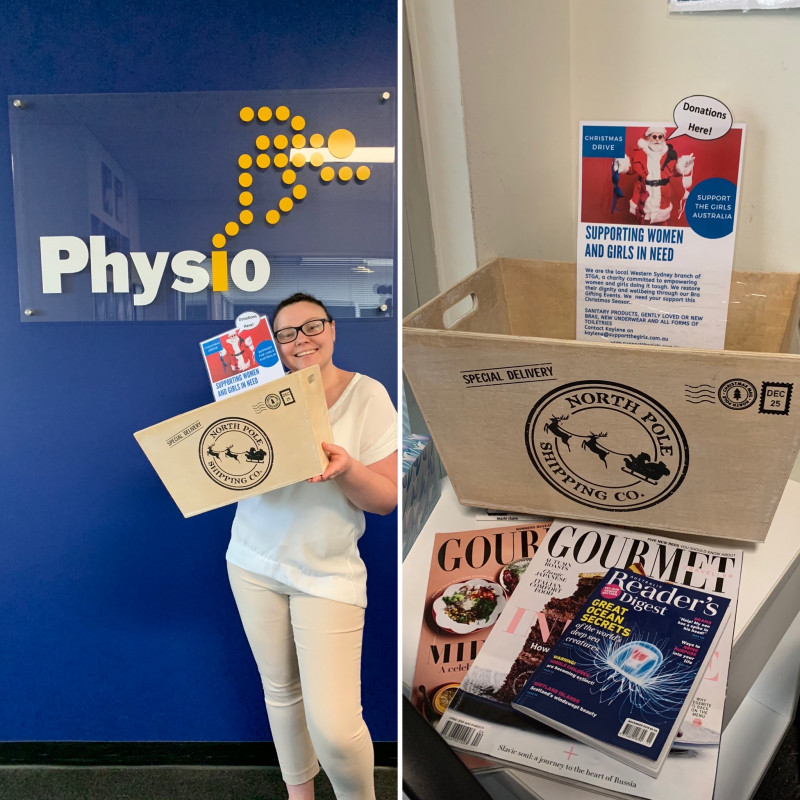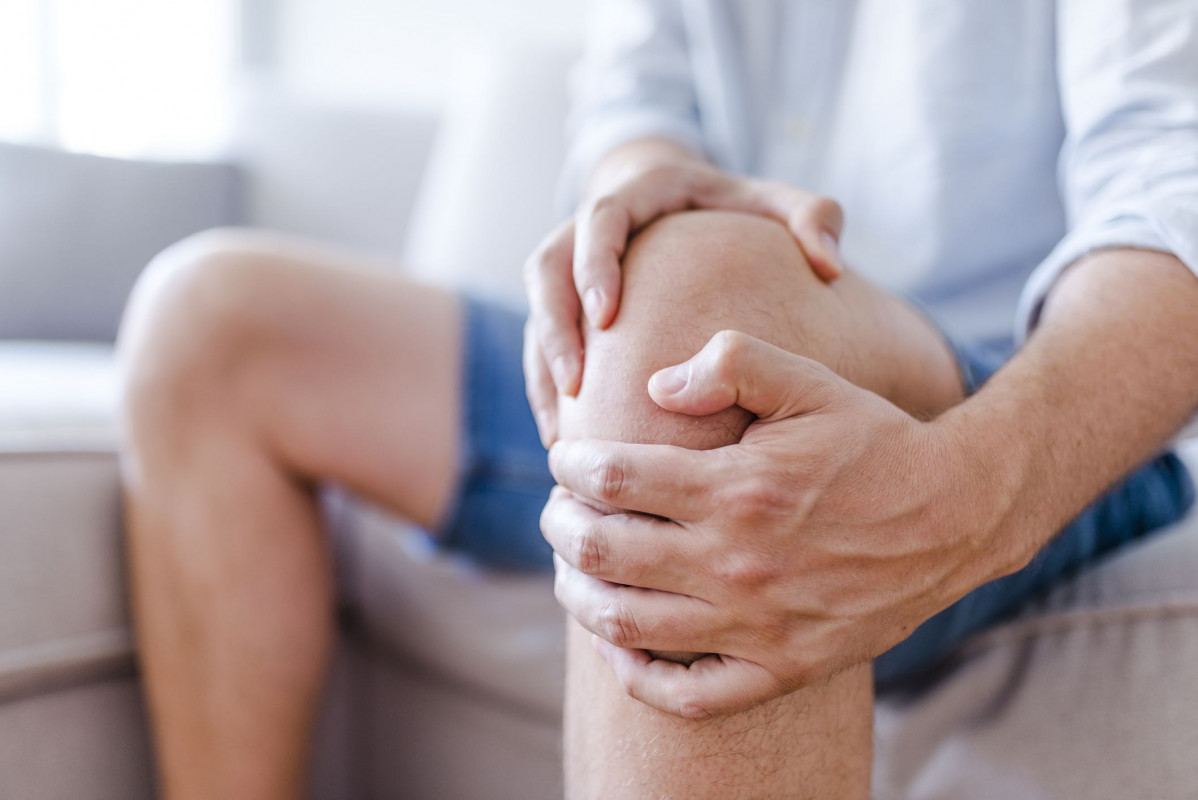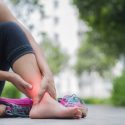
Shin Pain
Do you experience shin pain during running or exercise? Have you been told ‘its just shin splints’ and you will be alright? Shin pain during exercise can be a frustrating and painful condition for anybody from recreational runners to professional athletes. Most people have experienced themselves, or know somebody who has experienced shin pain but are unaware that there can be multiple causes that need to be treated differently.
Medial tibial stress syndrome, otherwise known as ‘shin splints’ is generally the most common cause of shin pain during running with 13.6-20% of runners experiencing some form in their lifetime. If left unmanaged, this condition can impede greatly on your sports performance, health and fitness so it is important these are managed correctly to get you back to doing what you love without pain. However, these symptoms can present similar to multiple other conditions including stress fractures, muscles strains, nerve/artery entrapments and more. One of the most common causes in which most people are unaware of is chronic exertional compartment syndrome (CECS).
What Is CECS?
CECS is pain caused by a build-up of pressure within your leg muscles whilst running. A normal muscle is supposed to expand during physical activity to allow adequate blow flow to supply the working muscles. In some cases, the muscle fascia is too thick and resilient which stops it from expanding during exercise. If your muscle does not expand correctly, then this causes a pressure build-up and results in pain and potential damage to the nerves and blood vessels in that compartment. This is why CECS must be firstly identified and secondly managed differently to other forms of running pains. Although it’s not well heard of, CECS is quite common with it being primary the cause of 14-27% of peoples lower leg pain.
Diagnosing CECS?
Chronic Exertional Compartment Syndrome will present similar to much other running pain or shin pain, however, there are a few key differences which your health professional will help you determine. The most common symptoms are:
- No pain at rest
- increasing pain in your leg during physical activity or running
- usually occurs in both legs
- Resolves within several minutes of rest after running
- Occasionally pins and needles if pushing through pain
What should you do?
If you have any lower leg pain during physical activity you should seek assistance from a health professional such as a physiotherapist. They will assess your condition and if CECS is suspected, will initially manage your symptoms with multiple strategies including:
- Running assessment and correction of biomechanics
- Deep tissue therapy/needling
- Progressive load management
- Advise on appropriate footwear and running style
This is always the initial management strategy, however, it is important to note that in some individuals with more severe cases, conservative management may not fully relieve your pain or symptoms. In these cases, your physiotherapist (in conjunction with a Sports & Exercise Physician) will advise you on the possible options of surgical management which are shown to have an 80-90% success rate. Following this, they can assist you with your rehabilitation process and get you back to running and enjoying your sports without any pain.
Regardless of what specific condition you may have, if you are experiencing any shin pain it is beneficial to have it examined at by a health professional. Physiotherapists are highly skilled in differential diagnosis and will be able to confirm your diagnosis and assist you in getting back to doing what you love pain-free.
References
- Brukner, P. (2016). Brukner & Khan’s clinical sports medicine. North Ryde: McGraw-Hill.
- Lopes, A. D., Hespanhol, L. C., Yeung, S. S., & Costa, L. O. P. (2012). What are the main running-related musculoskeletal injuries?. Sports medicine, 42(10), 891-905.
- Schubert, A. G. (2011). Exertional compartment syndrome: review of the literature and proposed rehabilitation guidelines following surgical release. International journal of sports physical therapy, 6(2), 126
- West, R., Ferguson, J., & Butler, A. (2016). Chronic Exertional Compartment Syndrome. In Endurance Sports Medicine(pp. 113-125). Springer, Cham.
.













